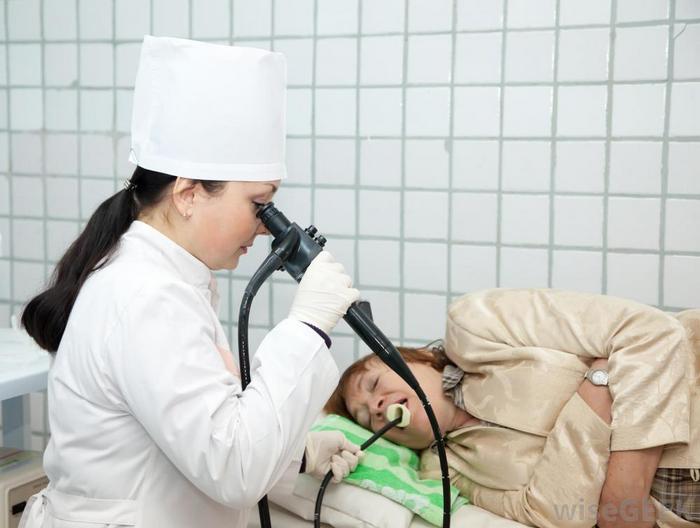There was a time when all surgery, and even some diagnostic procedures, involved cutting patients open, often with large incisions that required general anesthesia and long recovery times.
For example, there was a time when doctors would perform exploratory surgery to determine the cause of a problem inside the body. If the surgery did not reveal the cause of the problem, then the patient had just endured the risks and discomfort of surgery and anesthesia for nothing.
There was also a time where some procedures were almost impossible to perform because the surgery required was considered as dangerous, if not more so, than the condition itself. For example, there are certain types of brain tumors that are so awkwardly placed that the only way to get to them would be to risk damaging the skull and other structures in the brain.
However, thanks to the use of endoscopy, the days of exploratory surgery are coming to an end, and patients also have more options for life-saving surgical procedures.
What is Endoscopy?
Endoscopy is the use if cameras and tubes to see and access structures inside the body without making a large, open incision. It is considered minimally-invasive because the surgeon does not have to splay the body open, like he would with traditional surgery.
The end results are that:
- Patients have less scarring because the incisions are relatively small;
- There is a lower risk of infection because the inside of the body is not exposed; and
- There are shorter recovery times because the patient does not have to recover from the effects of the surgery in addition to the actual condition that the surgery was treating.
Endoscopy is not actually a new procedure; in fact, there are historical references to endoscopy dating back to ancient Greece. However, it wasn’t until the invention of camera technology, and specifically cameras that could be reduced to small sizes and inserted into the body, that endoscopy really took off.
Uses for Endoscopy
Most people are aware of endoscopy for outpatient procedures like colonoscopies, however, endoscopy is actually used for a variety of surgical procedures such as gall bladder removal, heart surgery, and even brain surgery.
Essentially, endoscopy is used for surgeries on body cavities, like the abdomen, the bowels, or the skull, where opening the body to the air is not necessary, or where doing so would prove too risky.
In fact, Dr. Hrayr Shahinian of the Skull Base Institute used an endoscopic procedure on a young boy, David G., who had a rare type of brain tumor called an Embryonal Rhabdomyosarcoma. If Dr. Hrayr Shahinian performed traditional surgery, it would have involved removing remove large portions of David’s skull, and his face, which would have been both dangerous and disfiguring. However, there was an added issue in that the tumor was wrapped around his carotid artery, which would have made traditional surgery so dangerous as to be impossible. Unfortunately, without the surgery, David could have died.
Using endoscopy, Dr. Shahinian was able to leave David’s skull intact and go in through his nose to remove the tumor. Endoscopic brain surgery made it possible for David to get the treatment he needed with far fewer risks and complications than he would have experienced with traditional surgery.
The Future of Endoscopy
In the future, endoscopy will see more widespread use in both human and veterinary applications both as a treatment and as a diagnostic tool.
For example, there is a process known as wireless capsule endoscopy where a patient actually swallows a capsule that contains a camera. The camera travels through the digestive tract and records images. It also tracks how long it takes for the capsule to pass through, which can provide valuable information on the function and health of the digestive system.
Endoscopy is also being used for spinal surgery and other difficult types of brain surgery to improve patient outcomes.
Although endoscopy is effective for many types of surgery, there are still instances where doctors have to open up the body, such as transplants, or the removal of large organs, and science has not advanced to the point where these types of surgery can be performed with small incisions.
However, for a large number of surgical procedures, endoscopy can significantly reduce the risk of infection, post-surgical complications, and damage to the surrounding tissues; it can also significantly reduce recovery time and improve patient outcomes.
Article Submitted By Derrick Manning(Community Writer)





